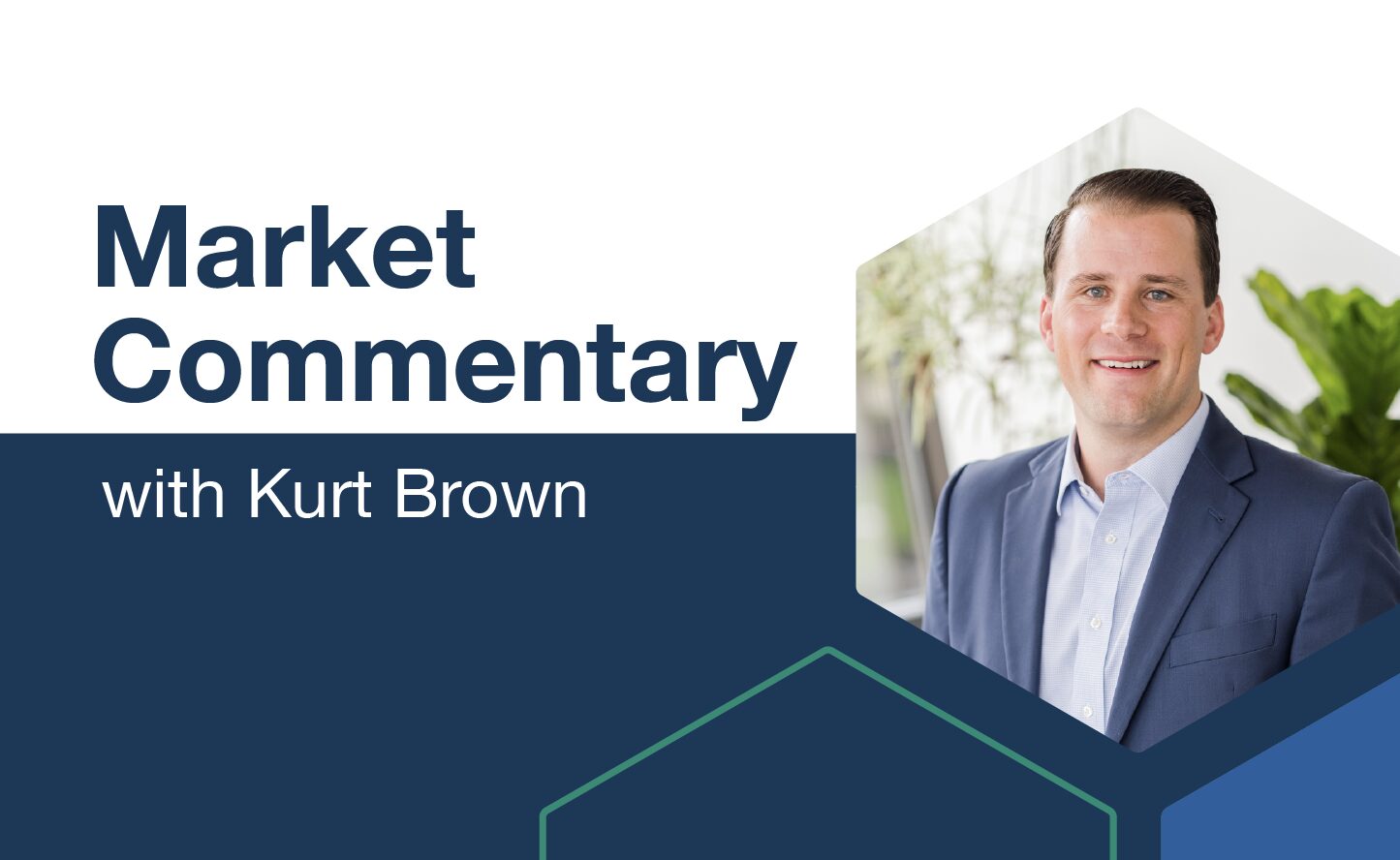Economic and Investment News Bits
- Today the Federal Reserve raised interest rates for the first time in almost a decade by 0.25%, while signaling that the pace of subsequent increases will be gradual and in line with previous projections, which are four 0.25% increases in 2016. Initial market reaction was positive, but it would not be surprising if we see some weakness over the action, once the Fed’s 0.25% increase in the Fed Fund’s rate is spun by the electronic media.
- You’ve no doubt hear of the BRICS (the once fashionable Brazil, Russia, India, China, and South Africa), and the PIIGs (Portugal, Italy, Ireland, and Greece). Now we have a new moniker, the FANGs. These are the four huge S&P 500 tech companies (Facebook, Amazon, Netflix, and Google) up 62% through December 11, while the S&P 500 ex-FANGs is down for the year. Unless you own these four stocks, and a whole lot of them, your diversified portfolio is struggling to find positive territory.
- “As baby boomers continue to retire, it’s becoming harder and costlier for businesses to find and keep workers, adding to wage and inflation pressures – two things the Fed wants – but at a likely cost of moderating job growth. The short-term jobless rate has fallen well below its 4.2% pre-crisis (1994-2007) average, and the official jobless rate is right on its 5% average,” (Source: Federated Investors).
- With OPEC in disarray (Iranian’s oil minister says “Everyone does whatever they want”), its ability to be a price-setting cartel appears dead. This suggests U.S. producers will crank up drilling if the ban on exporting domestic oil is lifted, assuming exporters can find enough buyers. (Source: Goldman Sachs)
- According to Pew Research, the middle class made up 61% of the American population in 1971, while the upper class was 14% and lower class was 29%. Today, the numbers are 50% middle class, 21% upper class, and 29% lower class.
- The 2015 Gallup-Healthways Well-Being Index (based on 176,000 phone interviews with people in all 50 states), ranks Alaska, Hawaii, South Dakota, Wyoming, and Montana at the top, with West Virginia, Kentucky, Indiana, Mississippi, and Alabama at the bottom. Ohio’s ranking was 45th.
Thought for the week
“Why do we always want more, especially those of us who already have so much more than others? Be grateful for those who work for us, show respect for their efforts.”
Mother Teresa, religious leader (1910-1997)
The Coming Change in Energy Resources
The climate summit in Paris was just a part of a much larger transition that is already taking place. Just as the primary energy source has changed over the centuries, from wood to coal and then from coal to oil, new resources are already on the rise to take oil’s place. Whether the shift will be toward nuclear power, natural gas, renewables, or some combination of the three, the shift away from oil is already well underway, and the Paris agreement will simply speed the process. Despite the good intentions, the chances are low that countries will reach the highly ambitious targets without some sort of enforcement mechanism.
Nearly half of the new additions to global energy capacity in 2014 came from renewables. Technology is having a growing effect on the energy marketplace. For example, new efficiency standards in vehicles – such as shifting from steel to aluminum in construction – cut down the amount of oil needed to drive each mile. Oil will not disappear entirely, just as coal did not vanish before it. However, its importance will wane, as will the status of those countries that rely on it for much of their economic livelihood. Already stressed Saudi Arabia could see a budget deficit equal to 20% of GDP in 2015, adding to the employment woes for young people in that country. (Source: Stratfor Global Intelligence)
Chart For December
The above chart shows historical returns by holding period for stocks, bonds and a 50/50 mixed portfolio, rebalanced annually, over different time horizons. Expecting positive returns year after year is problematic. It is important for investors to manage risk, have appropriate time horizons, and to have realistic expectations.
Please remember that past performance may not be indicative of future results. Different types of investments involve varying degrees of risk, and there can be no assurance that any specific investment, strategy, or product or any non-investment related content, made reference to directly or indirectly in this newsletter, will be suitable for your individual situation, or prove successful. This material is distributed by PDS Planning, Inc. and is for information purposes only. Although information has been obtained from and is based upon sources PDS Planning believes to be reliable, we do not guarantee its accuracy. It is provided with the understanding that no fiduciary relationship exists because of this report. Opinions expressed in this report are not necessarily the opinions of PDS Planning and are subject to change without notice. PDS Planning assumes no liability for the interpretation or use of this report. Consultation with a qualified investment advisor is recommended prior to executing any investment strategy. No portion of this publication should be construed as legal or accounting advice. If you are a client of PDS Planning, please remember to contact PDS Planning, Inc., in writing, if there are any changes in your personal/financial situation or investment objectives. All rights reserved.



